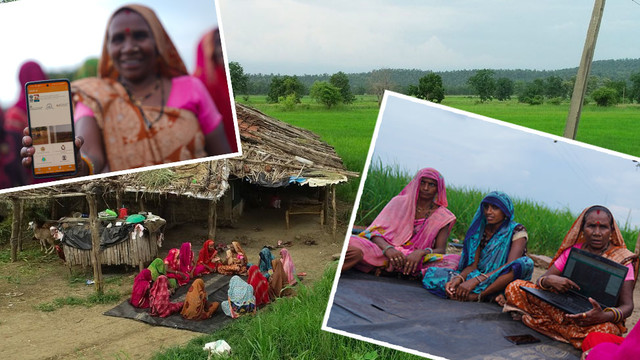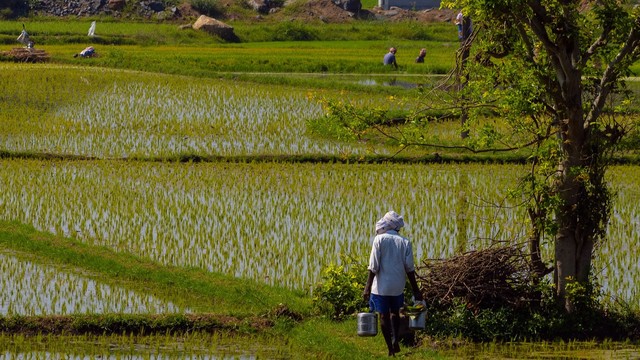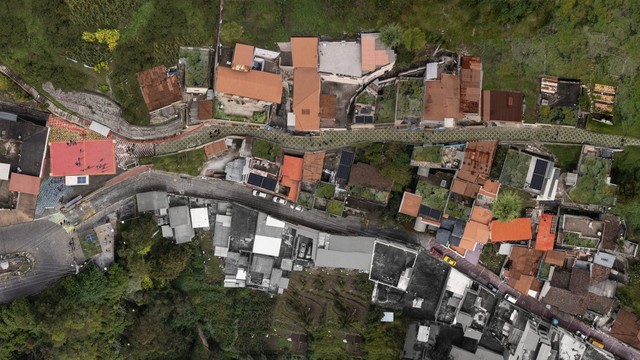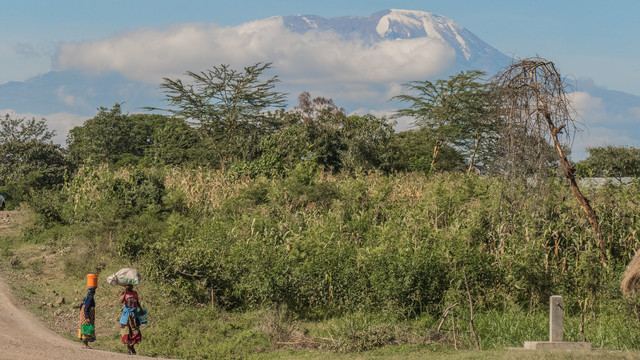Negotiating a fair future at COP20
On Monday 1 December, the UN Climate Change Conference 2014 kicks off in Lima. Peruvian IIED board member Francisco Sagasti discusses his hopes for a successful conference.

Francisco Sagasti (Photo: CADE Peru via Flickr)
There is a Spanish saying that has served me well in my professional life – 'vela de armas'. As a committed soldier, this is what you do in the quiet periods between battles: you repair, refresh and ready your armory so you are completely prepared for whatever comes next.
International negotiations on global and development issues call for a 'vela de armas' approach.
In August 1979, I was seconded by the International Development Research Centre to assist the Peruvian government in the negotiations leading to the UN Conference on Science and Technology for Development held in Vienna. Tunisia and Peru negotiated on behalf of the Group of 77, which gathered all developing countries, alongside the groups of Western developed countries and the group of socialist countries.
We reached a deal acceptable to all parties, and as dawn approached following the last night of negotiations, I left the Vienna Stadthalle exhausted and exhilarated. But world events overtook us the following year, crucial global leadership positions changed and the support that had existed for this deal vanished into thin air.
However, rather than being disheartened, I took comfort in a 'vela de armas' approach, knowing that there would other opportunities to press for international agreements on other critical global development issues.
Thirty years later, science and technology issues are back on the agenda, led by the hand of the climate change negotiations.
Science has shown us the dangers of greenhouse gas emissions, and that we are well on our way towards an increase of more than 2ºC in average world temperatures in a few decades. This has potential catastrophic consequences for millions of people, especially the poor and vulnerable.
But scientific and technological advances also offer ways of mitigating emissions and adapting to global warming, although poor countries lack the capacity to take advantage of them.
In Peru, as in so many places, there has been a tension between environment and growth objectives, which demands efforts to use the country's natural resources in a sustainable manner.
Some of the biggest climate change impacts facing Peru today are changes in weather patterns and the melting of glaciers. Should this go unchecked, there will be serious impacts to the supply of fresh water to the rainless coastal areas, which depend largely on rain and snow in the high Andes and the glaciers they create. This will affect cities like Lima, Trujillo, Chiclayo, and Ica, among others, as well as a number of agricultural areas that depend on rivers originating in the highlands.
Even if emissions were to be radically and immediately reduced, we will still witness glacier melting. The best we can hope is that agreements to mitigate emissions will slow the pace of melting over the next few decades, and hopefully stabilise and even reverse this process.
Awareness of climate change and its consequences has grown in recent years, as well as interest and concern about environmental issues. But, like many other countries, Peru has not put in place as yet a clear and firm set of measures to reduce emissions that cause glacier melting and other undesirable environmental impacts.
Holding the 2014 20th Conference of the Parties (COP20) in Lima has helped to give credibility and strength to environmental arguments. The informed public and civil society expect the outcomes will strengthen the environmental movement in Peru, and call global attention to our environmental problems.
This expectation comes, in part, due to hard work undertaken in the months preceding the conference. For example, Carlos Loret De Mola, who coordinates the public front team for COP20, has made great efforts to engage civil society, grass roots and scientific community leaders in the negotiations.
Our highly respected environment minister, Manuel Pulgar-Vidal, has recently made his views on COP20 very clear, issuing a call for urgent action against climate change, but confident in the potential of the COP negotiators to produce a draft accord to tackle the problem, stating that "the world will not accept another failure".
There are just a few negotiating weeks left between now and Paris 2015, when the new global climate action agreement will be signed, so events in Lima must be successful, but what conditions need to be met to best allow this?
Experience shows that successful and positive negotiations depend on a willingness to listen to all parties. There must also be a sufficiently long but manageable list of issues to discuss and trade if all countries are to make the required progress on the draft Paris agreement. There are several agendas in play at COP20, but this, I believe, is right. No one issue or outcome should decide whether this has been a successful COP, and despite increasing complexity, the multiplicity of agendas expands the negotiation space.
But you need strong leadership to facilitate the processes leading to agreement, and I am confident Manuel Pulgar-Vidal will be up to the task during COP20.
However, the window of opportunity for reaching agreement before we are forced, once again, to employ the vela de armas approach, is disappearing. And we are running out of time for this to be a safe option. The recent IPCC findings in last month's Synthesis Report (AR5), in conjunction with COP19's poor results in Warsaw, have made the wider world realise there is no time to lose.
We must advance enough that we show progress, but not that people think things are closed or finished. We should leave Lima with a consensus on a limited range of options on the draft agreement that are acceptable to all parties.
Measures for building science and technology capacities in developing countries will be an important component of such agreement, for without these it will not be possible to fully appreciate the impact of runaway greenhouse emission, and even less to find solutions to the problem it creates.
While useful, the 'vela de armas' approach to prepare for action in the future is no substitute for action now. My hope is that when the COP20 conference closes, we shall way towards reaching an effective, equitable and workable Paris 2015 agreement to counteract the potentially catastrophic effects of climate change.
Francisco Sagasti chairs the Board of the Science and Technology Program (FINCyT) at the Office of the Prime Minister in Peru. He is Director Emeritus of FORO Nacional/Internacional, a civil society independent organization created to promote democratic governance and to foster dialogue and consensus on critical development issues. Dr Sagasti is a trustee of IIED.



